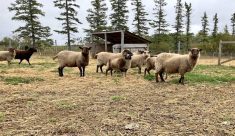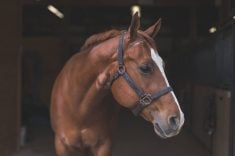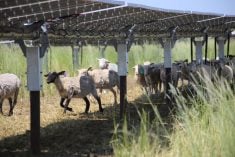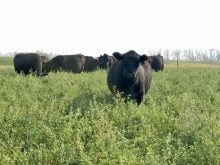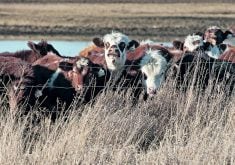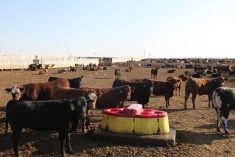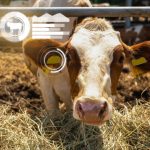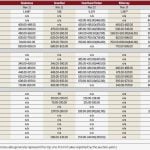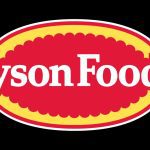The U.S. Department of Agriculture Livestock on Feed report Dec. 18 showed a smaller-than-expected cattle supply, but analysts cautioned that the economic recession, which has been a drag on beef sales, may prevent long-term gains in prices.
The report showed one per cent fewer cattle in feedlots as of Dec. 1.
USDA also reported eight per cent fewer young cattle were added to feedlots in November versus a year ago. These placements were the second-lowest for a November since 1996 when USDA began keeping records.
“It is pretty friendly,” Dennis Smith, broker with Archer Financial, said of the smaller numbers.
Read Also
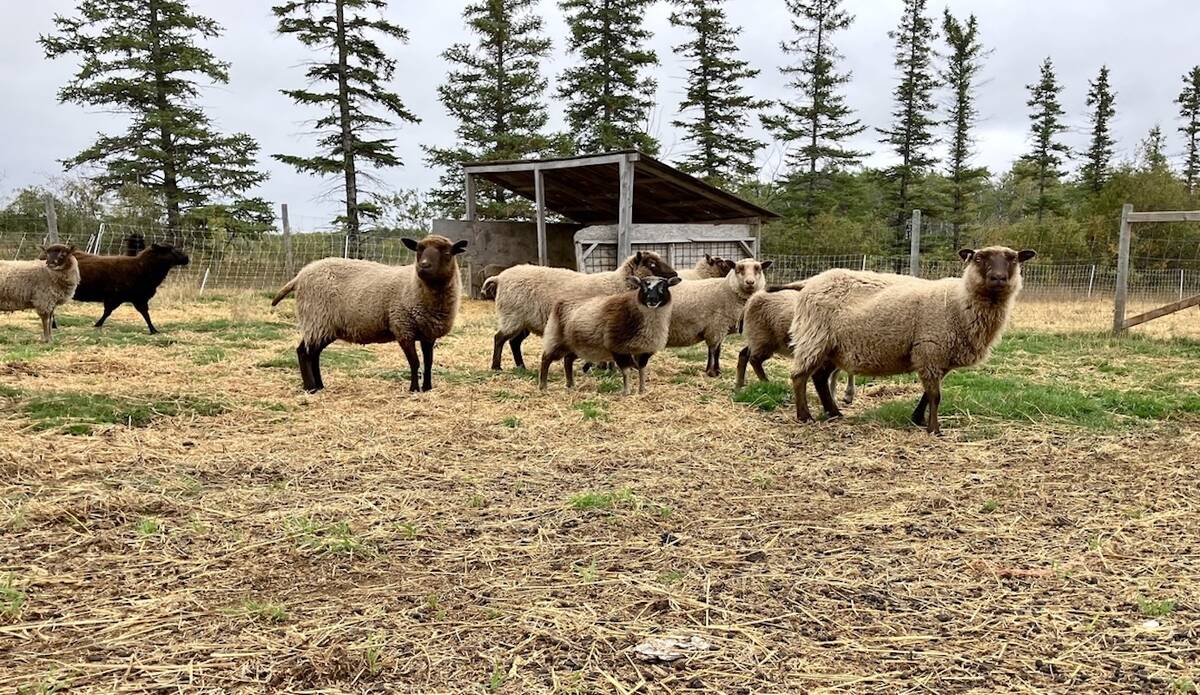
Mosquito-borne virus could be devastating to sheep breeding operations
Cache Valley virus, a mosquito-borne disease that infects small ruminants, could be a devastating hit to small operations.
The smaller cattle supply was blamed on high prices for feed corn and slow beef sales.
“Corn prices didn’t behave as expected this fall. Normally you get a slide in corn prices during harvest season, but the rains messed up the fall harvest and we didn’t get the fall harvest low in prices that a lot of us were looking for,” said Ron Plain, University of Missouri agricultural economist.
“That was discouraging for people placing cattle into feedlots because they have to buy a lot of corn while they are there being feed,” he said.
Cash cattle traded at $81 to $82 per hundredweight in the week ending Dec. 18 after trading at $79 to $80 a week earlier. Producers, on average, needed about $85 to break even.
“Fed cattle prices were also lower than expected. We’re continuing to pile up red ink,” said Plain.
Archer’s Smith and other analysts doubt the report will prompt long-term gains in cattle prices because the recession continues to hurt beef sales.
The slow beef sales, due to the recession, have discouraged beef companies from paying profitable prices for cattle.
“I still feel that the economy is in a recession, that unemployment is going to stay weak, and demand is not going to pick up that much,” said Jim Clarkson, analyst at Chicago-based A & A Trading.
“I think we could stay in this range for the first six months of next year. I don’t see anything that is going to change too much from what we had this year,” Clarkson said of the $81 to $85 cattle prices.


